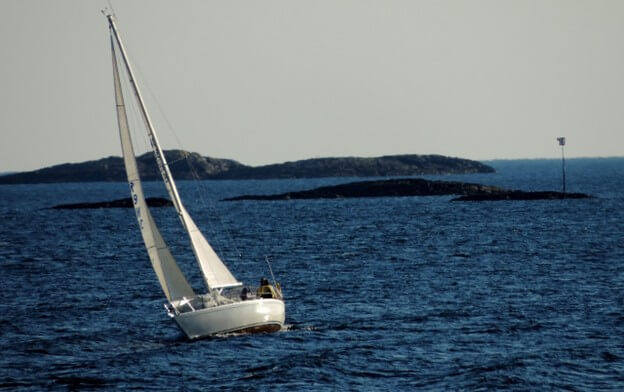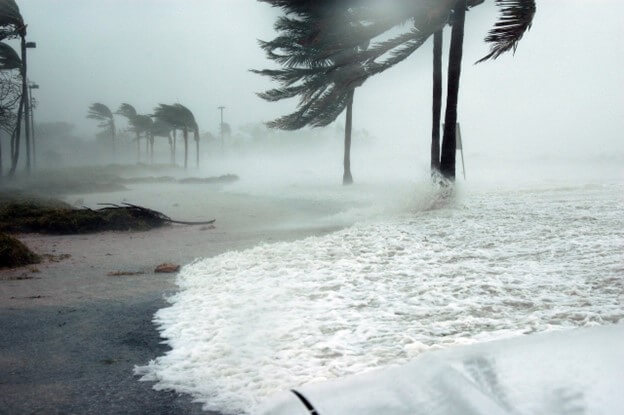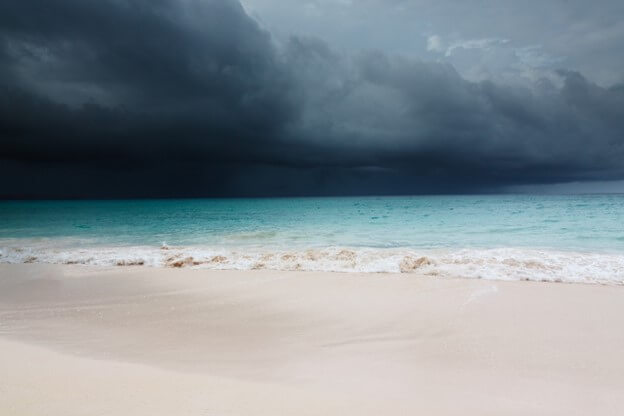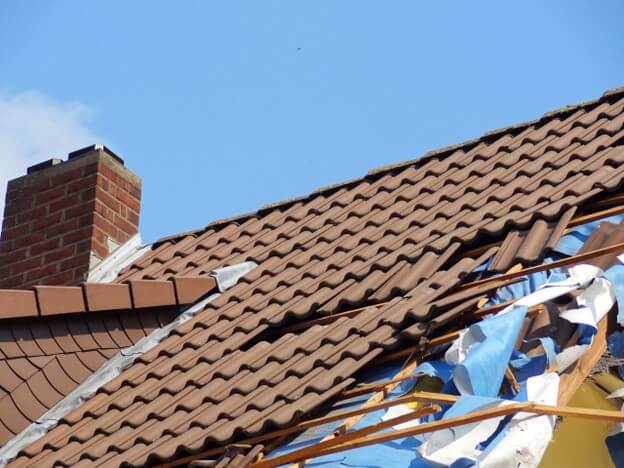The Beaufort Wind Scale
The Beaufort Wind Scale is a scale that measures the wind speed on land and sea. It observed the effects caused by the natural flow of wind coming from any direction in our atmosphere.

The table of the Beaufort Wind Scale consists of the wind speed in kilometers per hour, miles per hour, and knots. Since the speed of the wind varies almost every second, the scale measures only the mean speed of the wind.

There are 12 stages of measurement in this scale known as force. Force 0 is the starting point, and it goes up to force 12 which is hurricane. In between, there are 11 forces of scaling in regard to the wind speed and its effects.
The Beaufort Wind Force Scale bears the name of British Admiral Sir Francis Beaufort. This scale, which was first used in the early 19th century, is now a common instrument for sailors, meteorologists, and outdoor enthusiasts to gauge and convey wind intensity and its impacts.
The measurement of the wind speed is taken 10 meters above the ground as that is the standard height. Ground-level obstacles can alter the speed of wind. So the optimal height for the wind scale is 10 meters.
Force 1 – Calm (0-1 mph or 0-1.5 km/h or 0-1 knots). – The water’s surface is smooth, and smoke rises vertically.
Force 2 – Light Air (1-3 mph or 1.5-5 km/h or 1-3 knots) – Smoke, not wind vanes, indicates the direction of the wind.
Force 3 – Light breeze (4–7 mph or 6–11 km/h or 4-6 knots). – Leaves rustle and wind may be felt on the face.
Force 4 – Gentle breeze (8–12 mph or 12–19 km/h or 7-10 knots). – Tiny twigs and leaves are moving constantly.
Force 5 – Moderate Winds (20-29 km/h or 13-18 mph or 11-16 knots) – Small branches move, and dust and loose paper are blown around.
Force 6 – Fresh Breeze (19–24 mph or 30-39 km/h or 17-21 knots) – Tiny trees swing, and on inland seas, wavelets develop.
Force 7 – Strong breeze (40–50 km/h or 25–31 mph or 22-27 knots) – Tall branches moving, whistling coming from the wires above.
Force 8 – Near Gale (32-38 mph or 51-61 km/h or 28-33 knots): Whole trees are in motion; it is challenging to move against the wind.
Force 9 – Gale (62-74 km/h or 39-46 mph or 34-40 knots) – Twigs and tiny branches fall from trees, severely impeding movement on foot.
Force 10 – Strong Gale at Beaufort 9 (47–54 mph or 75–87 km/h or 41-47 knots) – Roofs with slate on them are damaged slightly structurally.
Force 11 – Storm (55-63 mph or 88-101 km/h or 48-55 knots). – Trees are uprooted, causing significant structural damage.
Force 12 – Violent Storm (64-72 mph or 102-117 km/h or 56-63 knots) – Probable structure failure and widespread damage.
Force 12 – Hurricane (73 mph or 118 km/h and higher or 64-71 knots) – Destruction, extremely high waves, and flying debris. It is a rare phenomenon caused by widespread damage from the wind.
Saffir-Simpson Hurricane Wind Scale

The Saffir-Simpson Wind Scale is an essential instrument for evaluating and classifying hurricanes. This scale was created in 1971 by meteorologist Dr. Robert Simpson and engineer Herbert Saffir. It has since grown to be the industry standard for calculating possible property damage and, consequently, the hurricane hazard level.
The categories, which run from Category 1 to Category 5, each indicate a particular range of wind speeds and the effects that go along with it.
Category One
Hurricanes of the Category One category, which have winds of 74–95 mph (64–82 knots or 119–153 km/h), are a serious hazard. These gusts are powerful enough to destroy vinyl siding, gutters, roofs, shingles, and well-built frame structures. Large branches on trees have a tendency to break, and trees with weak roots might fall over.

Furthermore, severe damage to electrical poles and wires frequently causes power outages that might linger for many days. Irene in 1999 and Katrina in 2005, both of which made landfall in South Florida, are notable storms in this category.
Category Two
Hurricanes in the category two range have winds of 96-110 mph (83-95 knots or 154-177 km/h), which are highly hazardous. Well-built homes are susceptible to significant roof and siding damage from these storms, which can result in catastrophic damage. Trees that have shallow roots will get snapped out of their foundation. After that, the trees can cause havoc and might impede highways.
It is anticipated that almost all electricity will be lost, and outages might last for days or weeks. Frances, a Category Two storm that hit Florida’s Palm Beach County in 2004, is one such.
Category Three
Hurricanes of category three have winds of 111–129 mph (96–112 knots or 178–208 km/h) and their effects include catastrophic devastation to trees and houses. Homes with sturdy frames may sustain significant harm or even lose their rooves and gable ends. Multiple trees may be uprooted by the storm, which may also obstruct multiple roads and cause a few days to several weeks of power and water outages.
When they made landfall in South Florida, historical hurricanes like the nameless storms of 1909, 1910, 1929, and others as well as more contemporary examples like Jeanne in 2004 and Irma in 2017 all fit into this category.
Category Four
Hurricanes of category four have winds of 130–156 mph (113–136 knots or 209–251 km/h). Homes with sturdy frames can suffer serious damage, losing some of their external walls and the majority of their roof structure. Most trees may be uprooted by a storm, and downed power lines can cut off residential areas.
After Category Four storms, there may be weeks or months of power disruptions. In addition, the damage caused by category four hurricanes will make the afflicted region potentially uninhabitable. The Great Miami Hurricane in 1926 and Hurricane Andrew in 1992 are notable Category Four storms.
Category Five
Hurricanes classified as Category Five have wind speeds of 157 mph or more (137 knots or more, or 252 km/h or more). These storms can cause damage to a significant number of framed homes. As a result, the roofs will completely fail, and the walls may also fall.

Residential areas are cut off by downed trees and electricity lines, and power outages can linger for weeks or even months. Sometime, the afflicted area is made uninhabitable for a very long time. South Florida has experienced Category Five monster hurricanes like the 1935 Keys Hurricane and the 1992 Hurricane Andrew.
